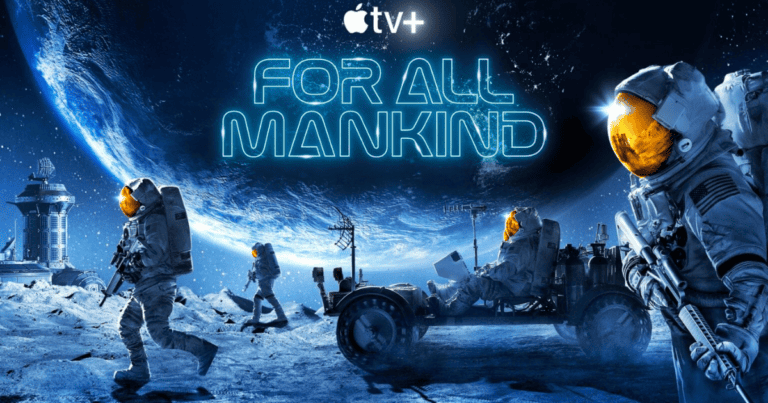The integration of artificial intelligence into children’s toys has sparked both curiosity and caution among parents and educators alike. As we explore the domain of AI storytelling teddy bears, the implications for children’s cognitive development and emotional engagement are under scrutiny. With the introduction of Poe, the first of its kind, the discourse on the impact of such interactive technology on young minds becomes paramount. How does Poe’s storytelling prowess measure up against traditional methods, and what does it mean for the future of playtime companions?
Story Creation Process
The story creation process for the AI storytelling teddy bear involves utilizing ChatGPT through an accompanying app to generate personalized stories based on children’s selected ingredients. Children interact with the app to choose specific elements for the story, which are then transmitted to the bear via Bluetooth for rapid generation.
The seamless integration of AI technology with the app allows for quick and engaging storytelling sessions with the bear, creating a dynamic and interactive experience for children. To secure safety, the bear is equipped with built-in filters and guardrails, omitting microphones and cameras.
Skyrocket continuously refines safety measures, such as setting limits on story length and quantity, to maintain a secure storytelling environment for young users.
AI Teddy Bear’s Creative Limits
Given the safety-focused design of Poe, the AI storytelling teddy bear, its creative limits are carefully structured to guarantee a balanced and controlled storytelling experience for children. Poe enforces story length limits and controls the quantity of stories to prevent overwhelming young listeners.
The teddy bear’s content is curated to maintain age-appropriate material, thanks to pre-programmed stories vetted for suitability. By not having internet connectivity or microphones, Poe relies solely on its internal library of stories, sustaining a secure environment for children.
Skyrocket, the creator of Poe, may introduce additional free stories to enhance variety, but users should be aware of potential costs associated with obtaining longer or extra stories beyond the initial purchase.
Children’s Feedback on AI Bear
Children interacting with the AI storytelling bear provide valuable feedback on their experience and interaction with the device. Here are some key points based on children’s feedback:
- Story Coherence
- Some children find it challenging to follow the stories created by the AI bear due to their complexity.
- Efforts are underway to enhance story coherence and make the narratives more understandable for young listeners.
- Child-Friendly Content
- Feedback suggests that the vocabulary choices in the stories occasionally feel disconnected or not tailored to children’s preferences.
- There is a push to program more child-friendly content to make sure engaging and age-appropriate storytelling experiences for kids.
- AI Technology
- While the AI bear sparks creativity, adjustments are deemed necessary for improved engagement and seamless interaction with the technology.
Future of AI Bedtime Stories
Looking ahead, the landscape of bedtime storytelling for children is poised for significant evolution with the integration of AI technology in toys like the AI storytelling teddy bear. The VTech CEO’s projection of AI teddy bears reading stories by 2028 hints at a future where AI toys become commonplace in children’s bedtime routines.
As parents currently utilize tools like ChatGPT and Apple’s upcoming software for storytelling, the rise of AI chatbots as companions like Miko Mini and Moxie robot foreshadows upcoming trends in AI storytelling.
With Poe setting the stage for advancements in AI storytelling within the toy industry, the future holds promising growth in AI-powered bedtime stories, offering children innovative ways to enhance their creativity and interaction with technology.
Comparing AI Bears
In the domain of AI storytelling toys for children, a notable distinction arises between Poe, a ChatGPT-powered AI storytelling teddy bear, and VTech’s AI bear, which prioritizes personalized interactions with children.
When comparing the two AI bears:
- Poe utilizes ChatGPT for story generation, focusing on engaging storytelling experiences for children.
- VTech’s AI bear is designed for realistic conversations with children, enhancing bedtime routines through personalized interactions.
- Poe offers children customizable stories through an app, while VTech’s bear goes a step further by being able to know personal details about the child.
These differences highlight the unique features and approaches each AI bear takes in providing children with interactive and engaging experiences.
Emotional Impact on Kids
The emotional connection fostered by AI teddy bears can greatly influence children’s well-being and development.
Children may develop attachments to AI teddy bears like Poe through storytelling interactions. The emotional impact on kids is closely tied to the quality and relatability of stories generated by the AI bear. These personalized narratives can offer comfort and reassurance to children at bedtime.
However, concerns have been raised about the potential negative effects of excessive reliance on AI bears, such as hindering imagination and creativity in children.
Despite the benefits of AI toys, the irreplaceable emotional bond between parents and children highlights the importance of quality time spent together, underscoring the need for a balanced approach to utilizing technology in children’s playtime.
Expert Opinion on AI Toys
Expert opinions on AI toys, particularly AI storytelling teddy bears, highlight the balance needed between technological innovation and preserving traditional forms of emotional connection in children’s play experiences.
When it comes to AI teddy bears, experts suggest that they can offer bedtime comfort for children and provide interactive experiences. However, caution is advised as overreliance on such devices could impede children’s imagination, creativity, and potentially disrupt the emotional bond with parents.
Despite the advancements in AI technology allowing for realistic conversations, it is essential for parents to remember that these toys should complement, not replace, the genuine love and care they provide.
Ultimately, finding the right balance between technology and human interaction is key in the development of children’s play experiences.
Final Thoughts
To wrap up, the AI storytelling teddy bear Poe represents a significant technological advancement in interactive toy design for children. Its integration of ChatGPT technology, safety features, and personalization capabilities offer a secure and engaging storytelling experience.
With ongoing improvements in story coherence and vocabulary choices based on children’s feedback, Poe heralds a promising future for AI-powered bedtime stories. The evolution of AI bears like Poe sets the stage for enhanced educational play experiences for young audiences.






